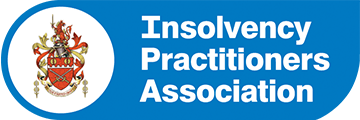What happens if bankruptcy is approved?
Once the Accountant in Bankruptcy has received an application they usually reply within five working days, but this can be longer if any information or the required documentation hasn’t been provided.
When the application is approved, your assets pass to the control of your trustee whose role it is to sell them for the benefit of your creditors. The trustee must be a licensed insolvency practitioner, and you can enter their details on the application form.
Although you may be discharged from sequestration after 12 months (six months for MAP bankruptcy), the trustee will continue with the process of realising your assets and distributing the proceeds to creditors.
You’ll need to cooperate with the trustee throughout this procedure, so your obligations under sequestration don’t generally end when you’re discharged, unless the administration of your bankruptcy is minimal.
For more information on applying for your own bankruptcy in Scotland, and for assistance in completing the process, call our licensed insolvency practitioners at Scotland Debt Solutions. We specialise in helping Scottish residents to escape debt, and can offer a free same-day meeting to establish your needs.





